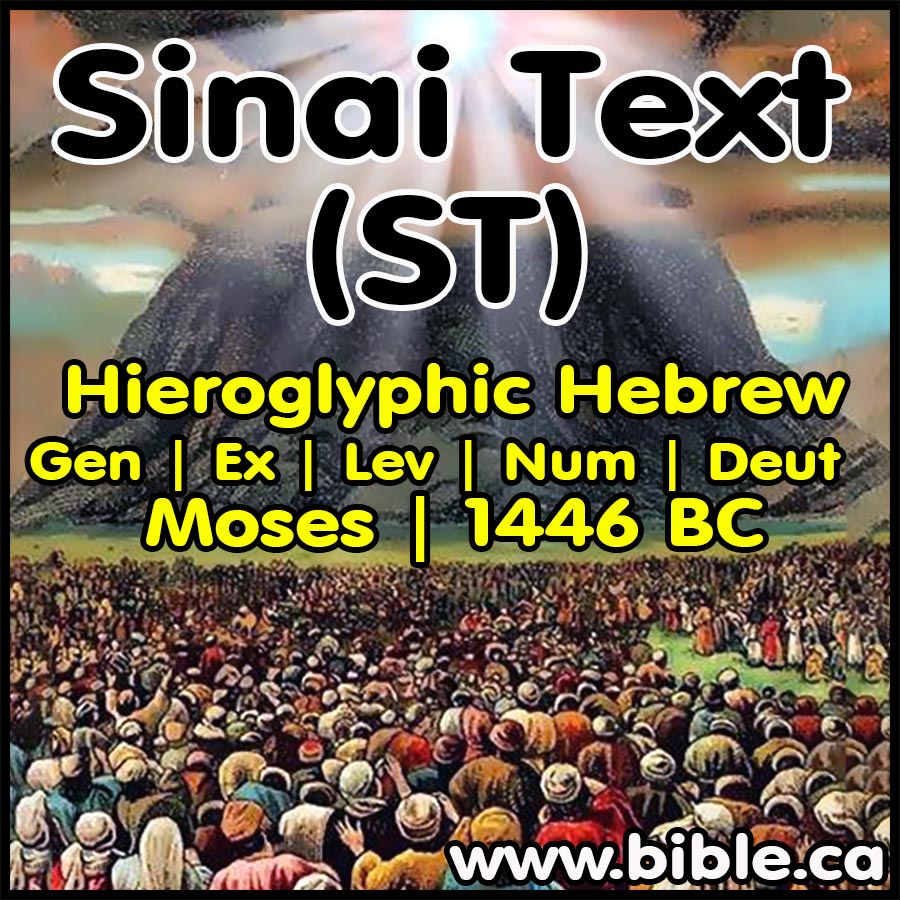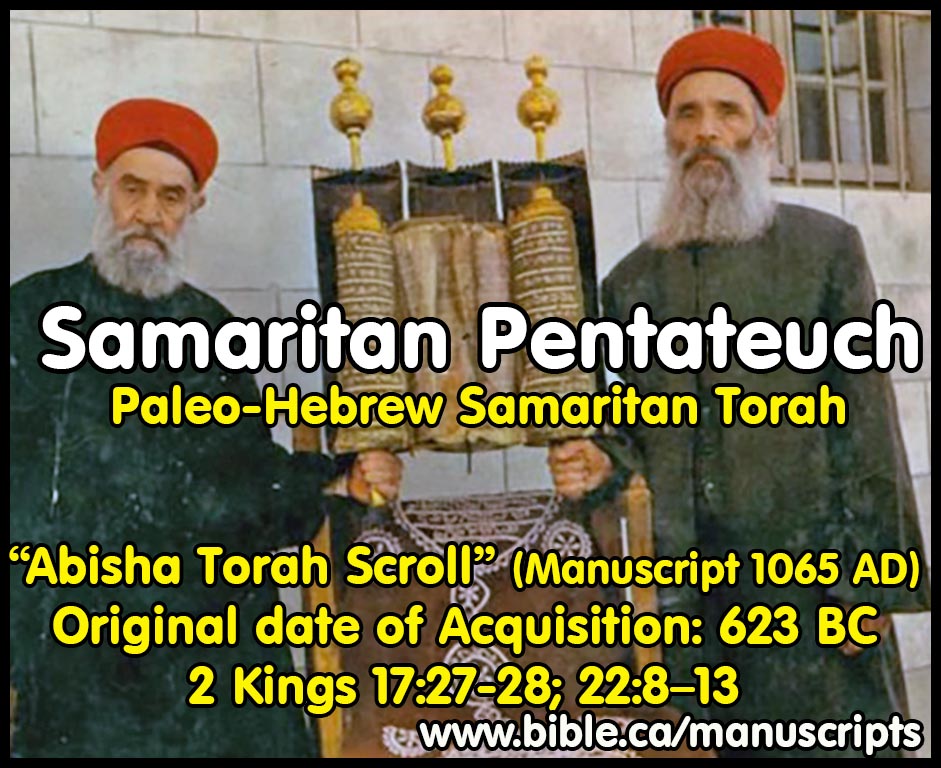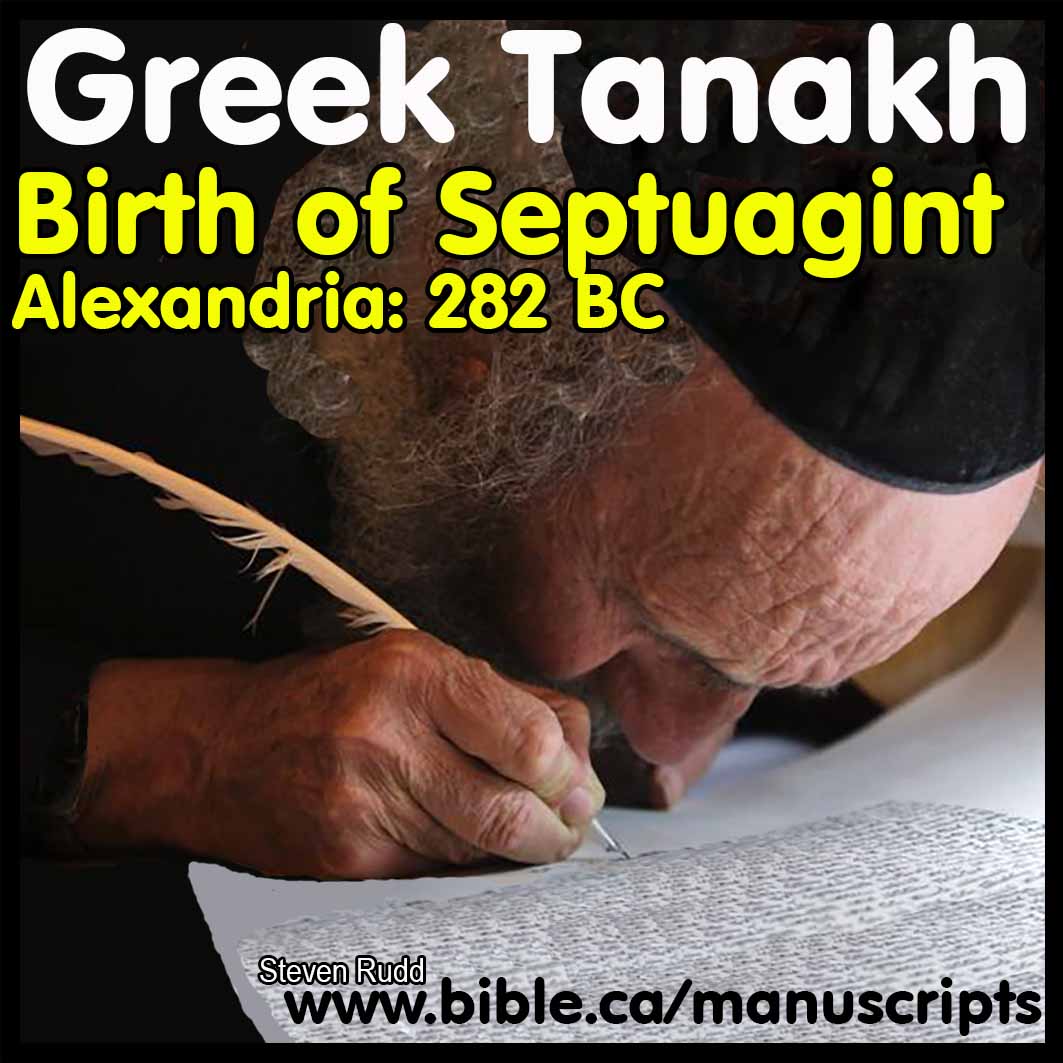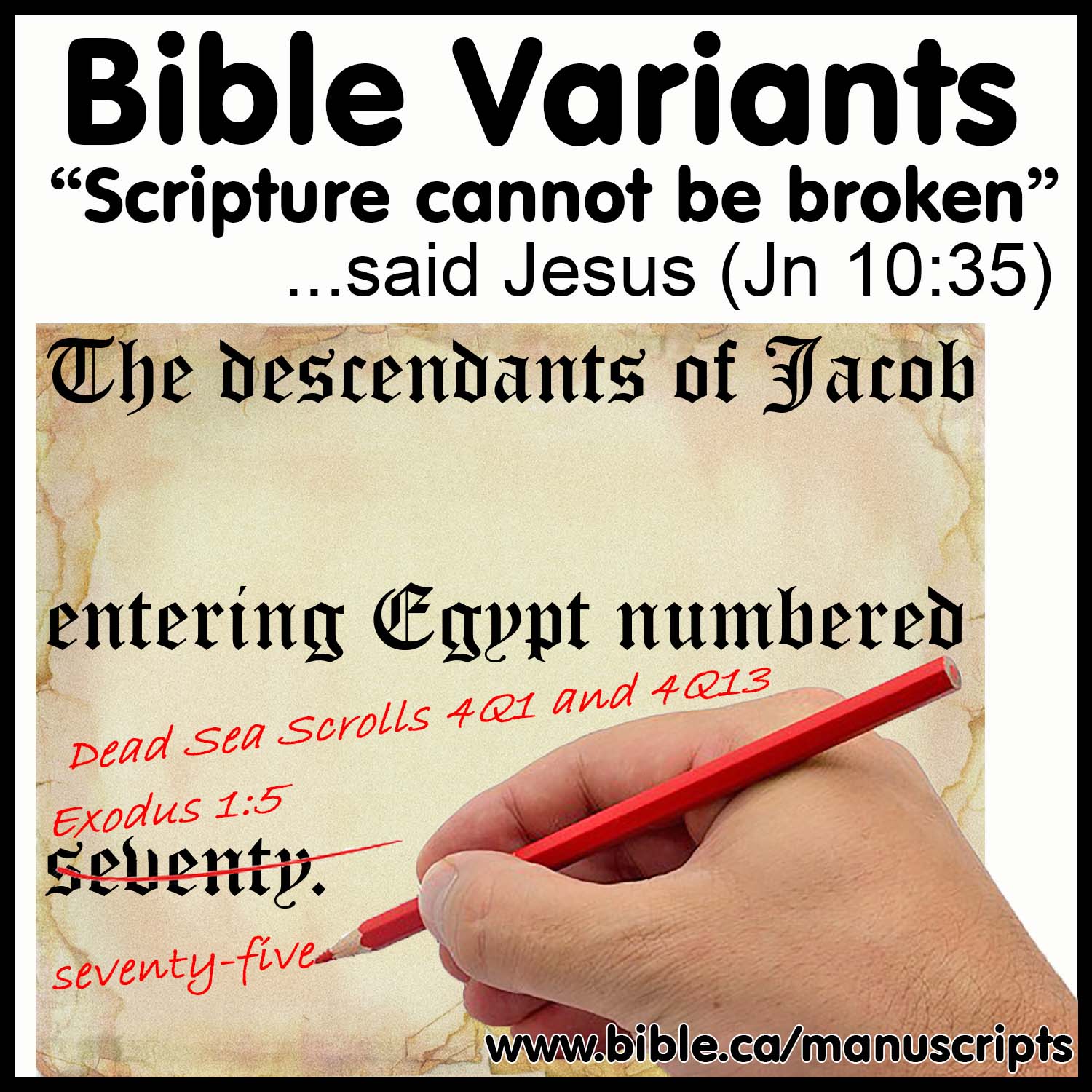2 Esdras 14
90 AD
Follows Septuagint Chronology
Creation in 5464 BC ( based on 2 Esdras 14:46-48)
Introduction:
1. 2 Esdras 14 follows the longer chronological numbers in the Septuagint and not the Masoretic Text.
2. Dating 2 Esdras 14: 90 AD
a. “The date and purpose of our book are closely related, as in other books of the Apocrypha and Pseudepigrapha. 2 Esdras 3–14 almost certainly comes from the last decade of the first century a.d. or soon thereafter, as may be deduced from the eagle vision (chs. 11–12) and the date mentioned in 3:1. Though that vision may have undergone revision, it appears fairly clear that it received its main thrust from events in the Vespasian-Domitianic period (a.d. 69–96). From 10:20 ff. we learn that Jerusalem had been destroyed (Jos. War 6:8:5; 6:10:1; 7:5:2) and its sacred worship paraphernalia plundered (ibid. 6:8:3).”The description given here coincides with that of the Jewish historian. (AYBC, I & II Esdras: Introduction, p 129, 2008 AD)
2 Esdras 14 creation date (5440 BC) and Messiah come date (560 AD) matches LXX
1. 2 Esdras provides two chronological calculations:
a. In 2 Esdras 14:3–18, creation dates to 5440 BC
b. In 2 Esdras 14:46-48, creation dates to between 5464-5543 BC, depending when in Ezra’s life he did the translating of the scriptures.
c. Most likely 2 Esdras 14:46-48 would occur in his Ezra last years projecting a corresponding date of creation at 5464 BC. This closely matches the broader calculation of 5440 BC in the In 2 Esdras 14:3-18.
d. So the two calculations methods produce two dates (5440AC, 5464AC) which are almost identical, with a 24 year difference.
2. 2 Esdras 14:3–18: "Then he said to me, “I revealed myself in a bush and spoke to Moses when my people were in bondage in Egypt; and I sent him and led my people out of Egypt; and I led him up on Mount Sinai, where I kept him with me many days. I told him many wondrous things, and showed him the secrets of the times and declared to him the end of the times. Then I commanded him, saying, ‘These words you shall publish openly, and these you shall keep secret.’ And now I say to you: Lay up in your heart the signs that I have shown you, the dreams that you have seen, and the interpretations that you have heard; for you shall be taken up from among humankind, and henceforth you shall live with my Son and with those who are like you, until the times are ended. The age has lost its youth, and the times begin to grow old. For the age is divided into twelve parts, and nine of its parts have already passed, as well as half of the tenth part; so two of its parts remain, besides half of the tenth part. Now therefore, set your house in order, and reprove your people; comfort the lowly among them, and instruct those that are wise. And now renounce the life that is corruptible, and put away from you mortal thoughts; cast away from you the burdens of humankind, and divest yourself now of your weak nature; lay to one side the thoughts that are most grievous to you, and hurry to escape from these times. For evils worse than those that you have now seen happen shall take place hereafter. For the weaker the world becomes through old age, the more shall evils be increased upon its inhabitants. Truth shall go farther away, and falsehood shall come near. For the eagle that you saw in the vision is already hurrying to come.”" (2 Esdras 14:3–18, 90 AD)
a. 2 Esdras 14 says that 9.5/12 (0.79%) of the total 7000 duration of the world has elapsed in 90 AD
b. Math: 9.5/12 = 0.79%
c. Math: 90 + X = .79*7000 = 5530 years of elapsed history from creation to 90 AD
d. Creation BC date = X = 5530 - 90 = 5440 BC
e. Creation date is 5440 BC
f. End of 6000 years = 6000 - 5440 BC = 560 AD
g. Messiah must come by 560 AD.
h. Creation date of 5440 BC closely matches the Septuagint of 5554 BC
3. 2 Esdras 14:46-48: “And I did so in the seventh year, in the sixth week, after five thousand years of the creation, and three months and twelve days. And thereupon was Ezra caught away and taken to the place of such as were like him, after he had written all these things. But he was called the Scribe of the Knowledge of the Most High for ever and ever. Ended is the first discourse of Ezra." (2 Esdras 14:46-48, 90 AD)
a. Ezra says his translation work happened 5007 years after creation
b. Ezra worked 536-457 BC
c. 458 BC is the date when Ezra converts Tanakh from Paleo to Aramaic Hebrew but his work BEGAN earlier at 536 BC
d. 536BC + 5007AC = creation at 5543 BC
e. 457BC + 5007AC = creation at 5464 BC
Conclusion:
1. Although we do not know who the real author of “2 Esdras” is, it provides an important historical window into first century Jewish messianic thinking.
2. What is clear, is that 2 Esdras was using the chronological numbers in the Septuagint and the Hebrew Bible.
3. This proves, that at this time, the Chronological numbers of Genesis 5 and 11 were the same in both the Greek (LXX) and the Masoretic (Hebrew) Bibles in 90 AD.
4. It was not until around 150 AD that the Jews altered the chronological numbers in their Hebrew Bible to rule out Jesus coming within the messianic window of the “Days of the Messiah”
|
The Septuagint LXX “Scripture Cannot Be Broken” |
|||||
|
Start Here: Master Introduction and Index |
|||||
|
Six Bible Manuscripts |
|||||
|
1446 BC Sinai Text (ST) |
1050 BC Samuel’s Text (SNT) |
623 BC Samaritan (SP) |
458 BC Ezra’s Text (XIV) |
282 BC Septuagint (LXX) |
160 AD Masoretic (MT) |
|
Research Tools |
|||||
|
Steve Rudd, November 2017 AD: Contact the author for comments, input or corrections |
|||||
By Steve Rudd: November 2017: Contact the author for comments, input or corrections.
Go to: Main Bible Manuscripts Page
Go to: Main Ancient Synagogue Start Page











